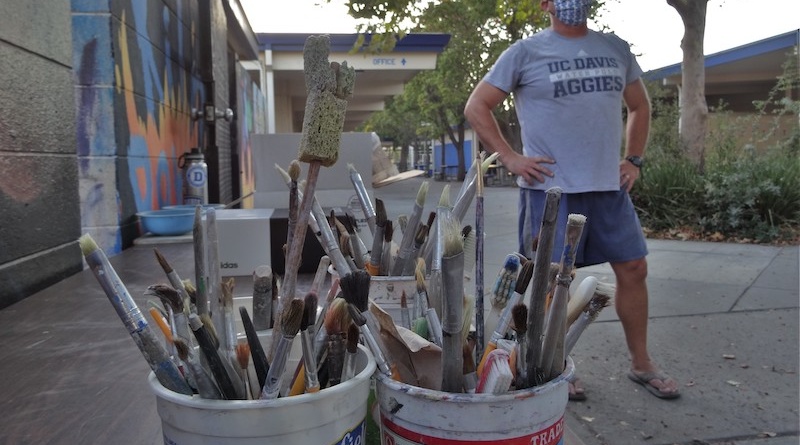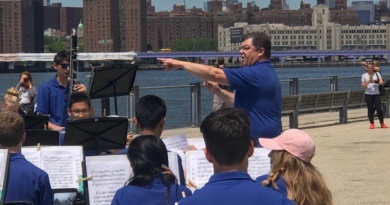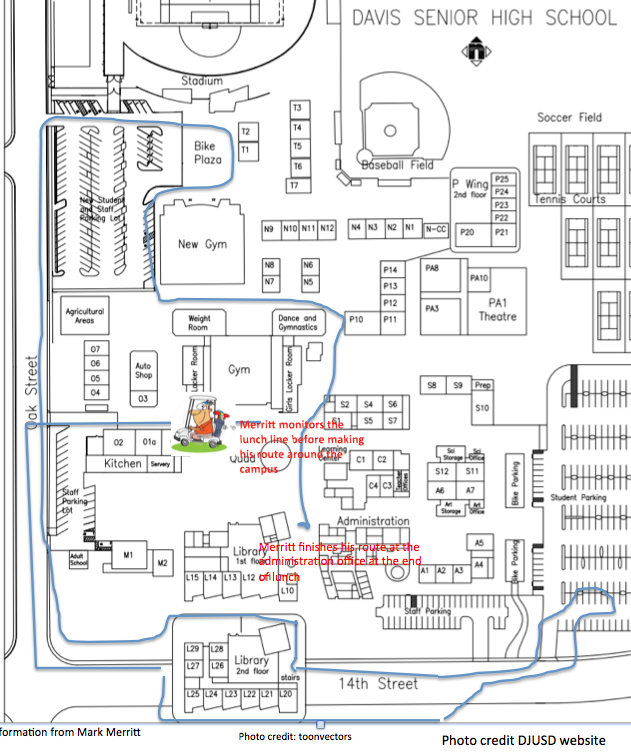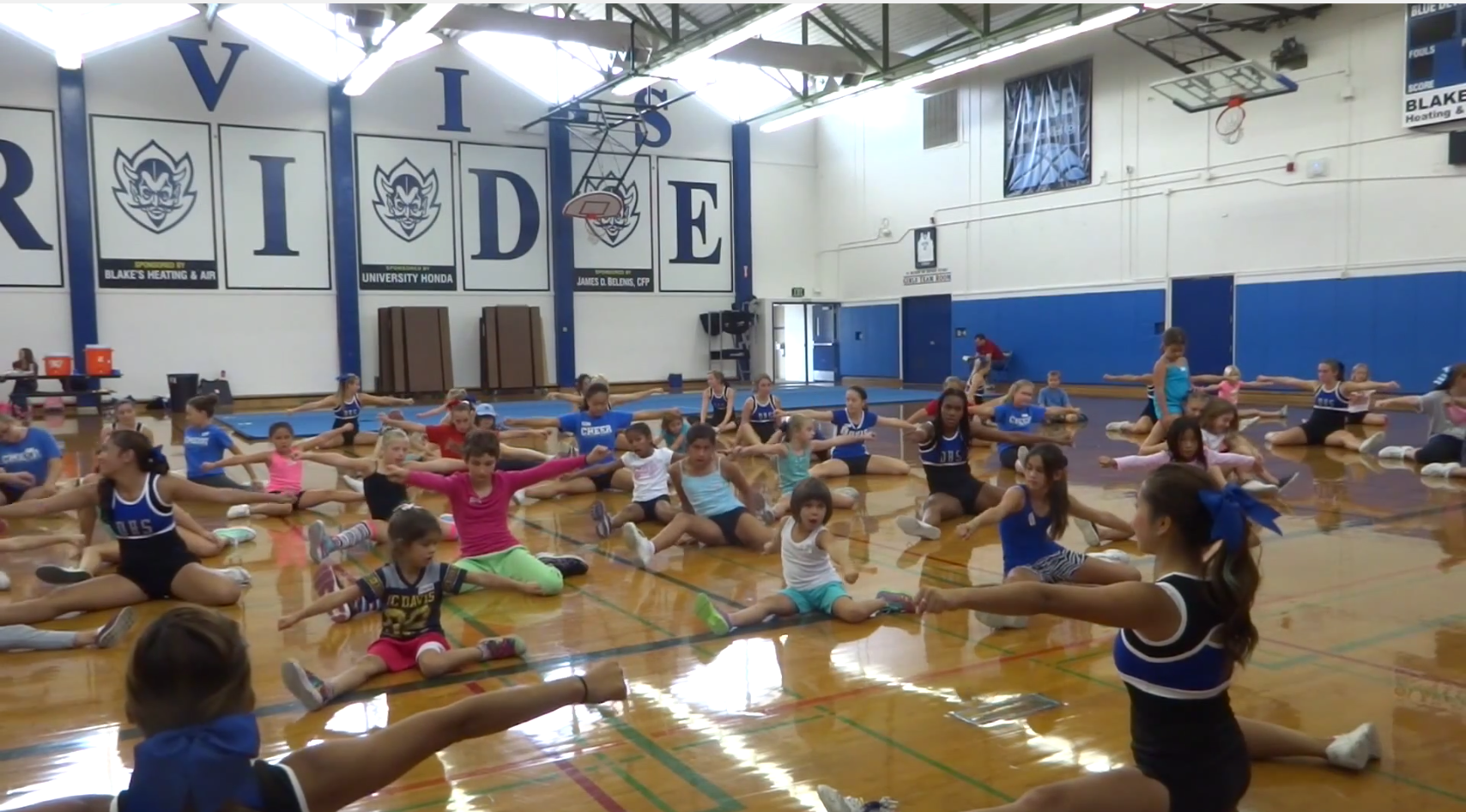Ceramics classes operate online
PHOTO: With brushes and glazes at the ready, teacher Doug Wright waits at Davis High from 5-7 p.m. on Sept. 25 as students drop off finished ceramics and pick up glazing materials. Students were instructed to wear masks and stay six feet apart.
By Dahlia Kraus,
BlueDevilHUB Staff–
Davis High senior Luke Carrell adds a coil to his vase while ceramics teacher Doug Wright explains the details of his own sculpture – from the screen of a computer. Ceramics class is operating with alterations through Zoom.
Wright originally planned to assign his ceramic students sculpture projects involving mediums other than clay. However, a conversation with his daughter DHS sophomore Malaya Wright, who is taking his ceramics class, changed his mind.
“She’s like, ‘So we’re going to be like gluing sticks together?’ and I go, ‘Well maybe.’ And she’s like, ‘I don’t want to glue sticks together […] Dad, people signed up for ceramics; they want ceramics.’ And I’m like, ‘Yeah but it’s COVID, like come on.’ And she’s like, ‘No you come on, let’s do this,’” Wright said.
After that, Wright got to work. He took inventory of the 6,000 pounds of clay stored in the ceramics classroom, which according to his math is just enough to make it through the year. He scheduled a pickup day at the high school for students to each take home a 25-pound bag of clay and several tools.
Now, students have been successfully working on ceramics from home for the past month and submitting photos of their creations on Canvas.
A typical day in online ceramics class starts with five minutes of flex (time for students to join Zoom), then five minutes of mindfulness (time for deep breathing).
The rest of the class time is designated for studio work. While students work on their projects, Wright works on his own ceramics as he explains technique and troubleshooting. “They’re watching me work, and it’s a verbal kind of consciousness, a release. And what’s great is that all the things I like to communicate about building or art or things like that, it just starts to flow,” Wright said.
The online environment is different from the past years’ in person environment. “I definitely preferred being in the classroom; you can talk with other people, talk to Mr. Wright,” said Carrell, a second-year AP Ceramics student.
Wright agrees, adding that only about a third of his class have their cameras on during Zoom. “I miss that human connection,” Wright said.
Over Zoom, Wright also finds it difficult that he can not physically put his hands on student projects to assist them. “I literally can’t help them. I can kind of talk them through it; they show me what’s going on and I can give them some advice, but they’re kind of on their own, which is hard,” Wright said.
A challenge for students can be “finding the motivation to start a project because in class [the teacher] is looking over your shoulder or making sure you’re putting in the effort, but you have to moderate that yourself when you’re at home,” said junior Tavi Maes, another AP Ceramics student.
Despite some negatives, a significant positive to ceramics distance learning is the time flexibility. Instead of having about three total hours per week of studio time like usual years, students now have access to their projects at home and can work whenever they want. This is especially helpful for AP students who need 10-15 pieces for their AP portfolio. Carrell works about four additional hours outside of class each week.
With the first weeks of sculpting complete, Wright’s ceramics classes are onto the next stages as he fires the projects in the kiln.









